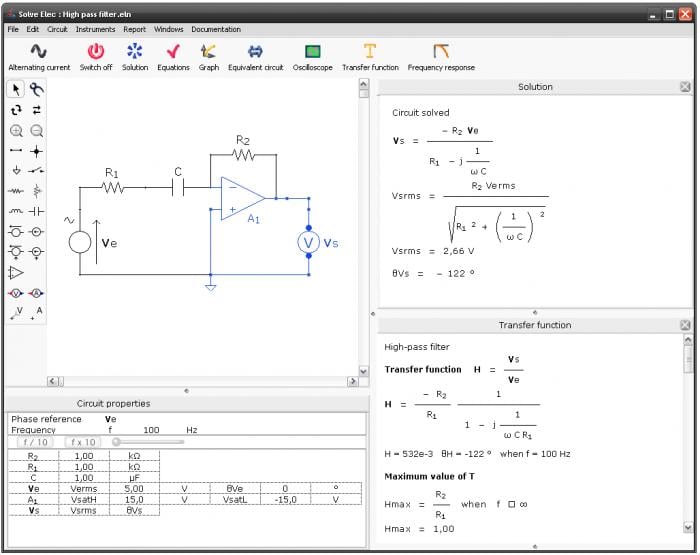

Koopmans does acknowledge that Palestinians suffer, but he equates them with their oppressors and nowhere holds Israel accountable for inflicting this suffering. What follows is a version of the usual liberal Zionist nonsense that “peace” and ending the occupation is first and foremost best for Israel and its precious soul, and might even be good for Palestinians too. The “burden” he wants to lift is not so much from the necks of Palestinians, but from Israel and the EU.

So we have to face some concrete questions.” There is the very slightest hint that something is troubling the EU’s love affair with Tel Aviv: “Yet the Israeli-Arab conflict and the occupation of Palestinian land still limit our potential,” Koopmans admits. “We have a positive agenda: we do not aim to criticize we want to help,” he adds, as if talking to a stubborn teenager, and not the cold-hearted war-criminal leaders of a brutal settler-colonial regime. Meanwhile, Koopmans never acknowledges the right of Palestinians to resist occupation and colonization.
#SOLVE ELEC ALI LICENSE#
That’s a license for Israel to freely kill Palestinians – since the EU has never held Israel to any international human rights obligations.
#SOLVE ELEC ALI FULL#
The EU strongly supports Israel’s right to fight terrorism, within full respect of its international human rights obligations.” “Europeans understand Israel’s security concerns. “As Israel’s neighbor, historic friend and largest trading partner, enjoying excellent cooperation in technology, education and much more, we care,” Koopmans says. That the European Union adores Israel should come as no surprise to anyone.īut in case anyone had doubts, the bloc’s regional “peace process” envoy Sven Koopmans decided to make that clear in an op-ed for Haaretz this week.Īlmost every sentence oozes with praise and deference for the apartheid regime – Koopmans of course never uses the A-word. It is our aim to extend the transcorrelated similarity-transformed FCIQMC method towards strongly correlated systems, including the 3 d transition metal systems allused to above, allowing for an accurate and efficient description of both the strong dynamical and static correlations typically present in these systems.Ali Abunimah Power Suits 2 September 2022ĮU diplomats in Tel Aviv rally to support Ukrainians “fighting for freedom and democracy” on 24 August - something they have never done for Palestinians living under Israel’s brutal military dictatorship. Transcorrelated wavefunctions can describe dynamical correlations and cusp conditions via explicit 2-body electron-electron and 3-body electron-electron-nuclear terms in the Jastrow factor, whilst static correlation is efficiently described by the multi-configurationality of the FCIQMC dynamics. We have shown the such hamiltonians can be treated with the similarity-transformed FCIQMC technique. We are also pursuing Transcorrelated methods, in which the electronic wavefunction is factorised using real-space Jastrow factors, which give rise to effective non-hermitian (similarity-transformed) hamiltonians. Examples of such systems currently under investigation in our group are polynuclear transition metal clusters, such as and clusters of relevance to biological systems, and in the solid-state, cuprates and nickelates. Recent methodological progress has been the implementation of a spin-adapted FCIQMC algorithm based on the graphical unitary group formalism, which allows the efficient simulation of low-spin open-shell systems.

cannot be well-represented by a mean-field type wavefunction), and for which a high degree of basis-set flexibility is also necessary. Such methodologies are needed to accurately solve physical systems in which the ground (and excited state) electronic wavefunctions are strongly multiconfigurational (i.e. These include full configuration interaction quantum Monte Carlo (FCIQMC), density matrix renormalization group methods, and many-body perturbation theories. The ELECTRONIC STRUCTURE THEORY department is interested in the development of ab initio methods for treating correlated electronic systems, using quantum chemistry and quantum Monte Carlo methods.


 0 kommentar(er)
0 kommentar(er)
